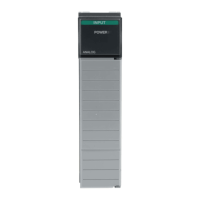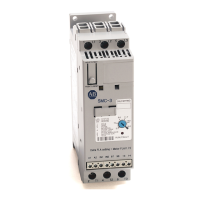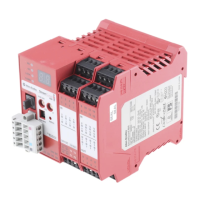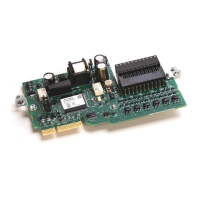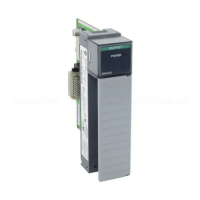Publication 1747-RM001G-EN-P - November 2008
Proportional Integral Derivative Instruction 9-29
Output Limiting with Anti-Reset Windup
You may set an output limit (percent of output) on the control output. When
the instruction detects that the output (CO) has exceeded a limit, it sets an
alarm bit (bit 10 for lower limit, bit 9 for upper limit) in word 0 of the PID
control block, and prevents the output (CO) from exceeding either limit value.
The instruction limits the output (CO) to 0 and 100% if you choose not to
limit.
Select upper and lower output limits by setting the limit enable bit (bit 3 of
control word 0), and entering an upper limit (word 11) and lower limit (word
12). Limit values are a percentage (0 to 100%) of the control output (CO).
The difference between selecting output alarms and output limits is that you
must select output limiting to enable limiting. Limit and alarm values are
stored in the same words. Entering these values enables the alarms, but not
limiting. Entering these values and setting the limit enable bit enables limiting
and alarms.
Anti-reset windup is a feature that prevents the integral term from becoming
excessive when the output (CO) reaches a limit. When the sum of the PID and
bias terms in the output (CO) reaches the limit, the instruction stops
calculating the integral sum until the output (CO) comes back in range. The
integral sum is contained in words 17 and 18 of the control block.
The Manual Mode
In the manual mode, the PID algorithm does not compute the value of the
control variable. Rather, it uses the value as an input to adjust the integral sum
(words 17 and 18) so that a bumpless transfer takes place upon re-entering the
AUTO mode.
To set the manual output level, design your ladder program to write to the CV
address when in the manual mode. Note that this number is in the range of 0
to 16383, not 0 to 100. Writing to the CV percent (word 16) with your ladder
program has no effect in the manual mode but adversely effects bumpless
transfer.
The example on the next page shows how you can manually control the
control variable (CV) output with your ladder program.
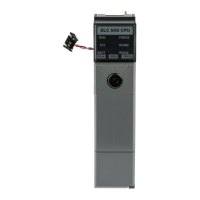
